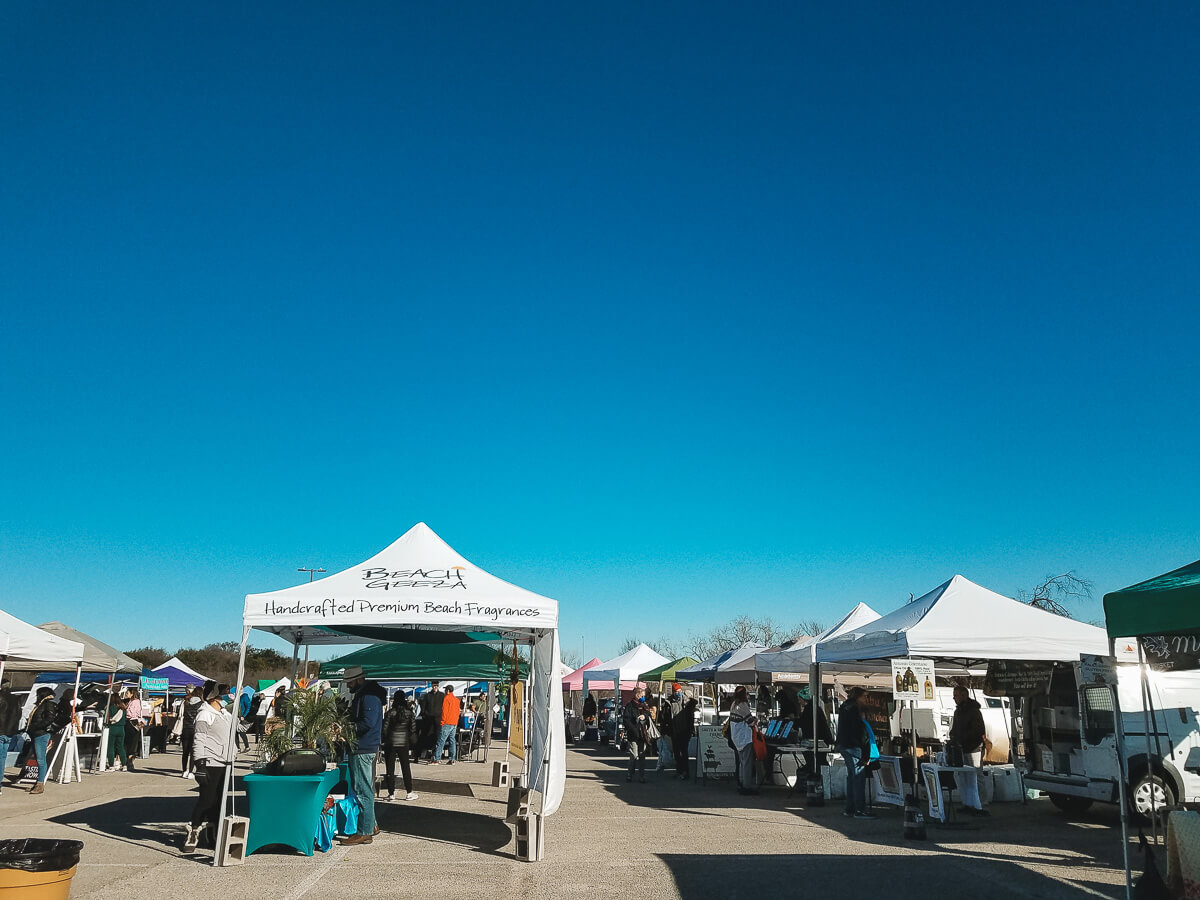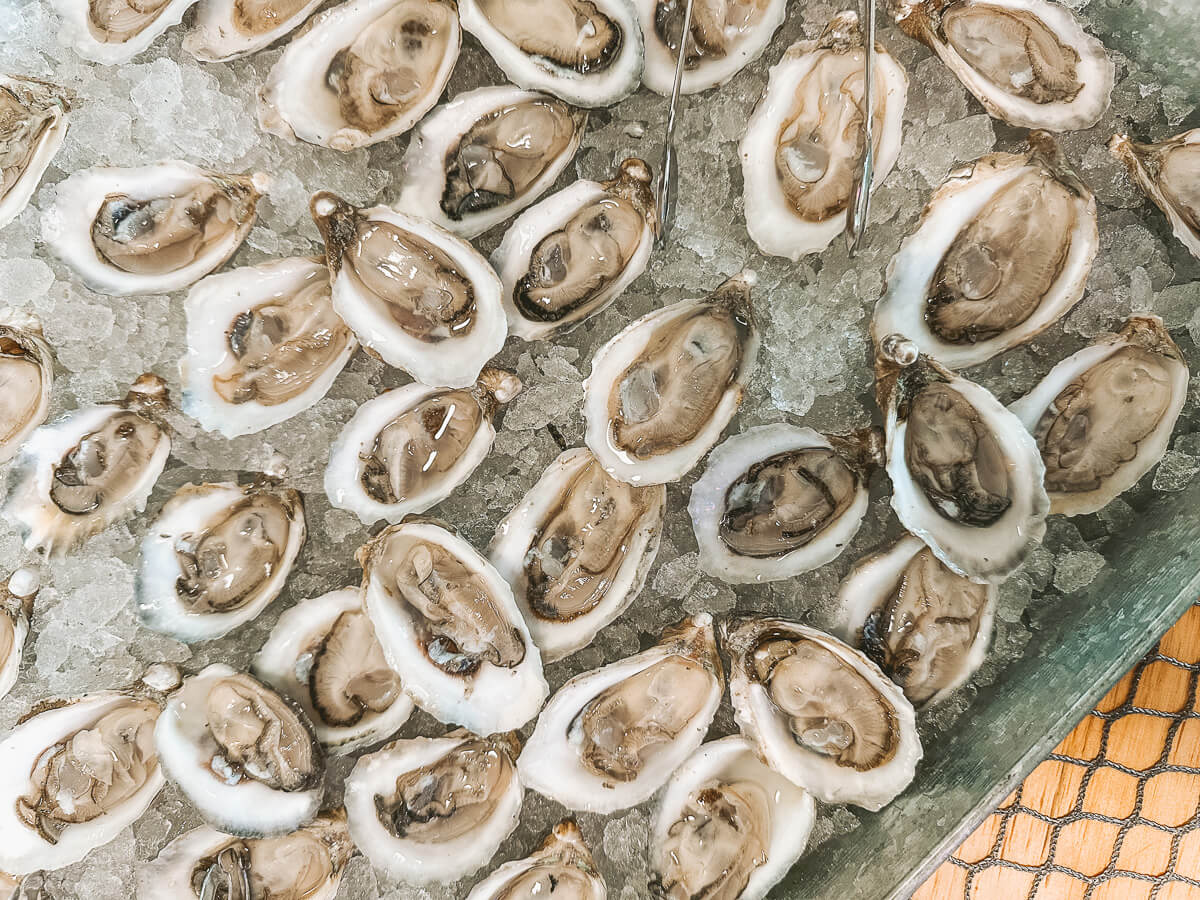This year, I’m taking on a farm-to-table, #localmonthly challenge where I eat local, home-cooked meals for one day every month. All ingredients from these meals are from Texas. (See the first post here.)
Well, I almost made it half the year before I missed a month! June weekends were fairly full, and eating locally for one day takes preparation. We usually go to the farmers market on the Saturday before so that we can eat local on Sunday. When we can’t get to the market on Saturday, it throws it off. To make up for it, I’ll be eating local twice in July, and this post is the recap of the first day.

What is Slow Food?
As I dined at local restaurants, learned from slow food enthusiasts, and read Dan Barber’s book The Third Plate, I begin to resonate with the concept of slow food. As the Slow Food USA organization describes, slow food is about clean, good, and fair food. (You can read the full list of values here.) My farm-to-table challenge celebrates the slow food movement.
The need for sustainable, local, organic, and whole foods means going back to the roots of food, before harmful pesticides, preservatives, and mass-production. Fresh foods (ones that don’t come in packaging) are best but if I’m buying processed foods, like broth, I look for organic and ingredients I know on the label.
Slow food is important because it supports the breeders who develop seeds, the farmers who plant and raise produce, and the people who process the produce, like millers. These specialized people take great care in the quality they produce.
Slow food also focuses on the land. The health and care of the soil show in the quality of what’s meant to grow there. What grows there have huge effects on our health and the flavors we experience in our food. And then it goes deeper. It’s about nose-to-tail (using/eating the whole animal), seasonal crops, rotation farming, and much more. It’s a beautiful thing to live harmoniously with all parts of the process!
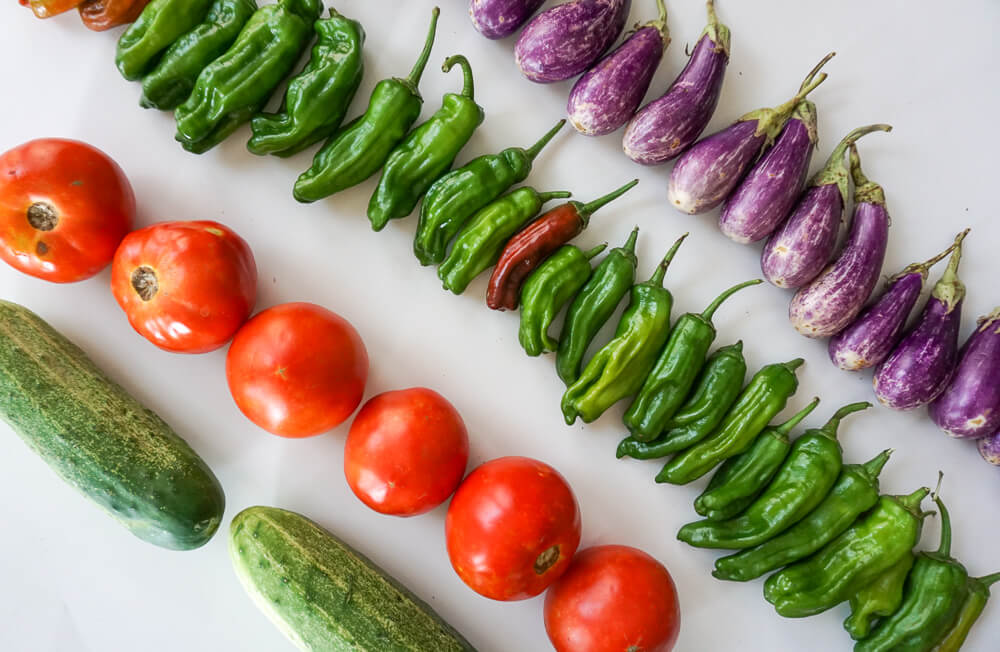
Learn About Your Food
For me, the best way to start learning is with a book, a film, or a blog. I’ve gathered some recommendations from me and the web for you. If you have comments, be sure to share below!
Books
- The Third Plate: Field Notes on the Future of Food by Dan Barber
- The Omnivore’s Dilemma: A Natural History of Four Meals by Michael Pollan
- Animal, Vegetable, Miracle: A Year of Food Life by Barbara Kingsolver
- American Catch: The Fight for Our Local Seafood by Paul Greenberg
- The Soil Will Save Us: How Scientists, Farmers, and Foodies Are Healing the Soil to Save the Planet by Kristin Ohlson
Films
Blogs
June’s Farm-to-Table Meals
Here’s what we ended up buying at the farmers market for $46.75*:
- One bag of arugula and one red bell pepper from Johnson’s Backyard Garden of Austin, TX ($7)
- One lb each of eggplant, shishito peppers, tomatoes from Gray Gardens of Buda, TX ($11)
- Peaches from Itz Garden and Zenner Orchards of Fredericksburg, TX ($7)
- Goat Cheese from Pure Luck Farm & Dairy ($7.50)
- Two cucumbers at Fruitful Hill Farms ($2.75)
- 1.3 lbs of chicken quarters from Humble Rooster Farm ($11.50)
*Remember, while we buy ingredients for a day of meals, we don’t use all the ingredients. Each meal fed two people and I estimate about $10 worth of ingredients were left over for future meals.
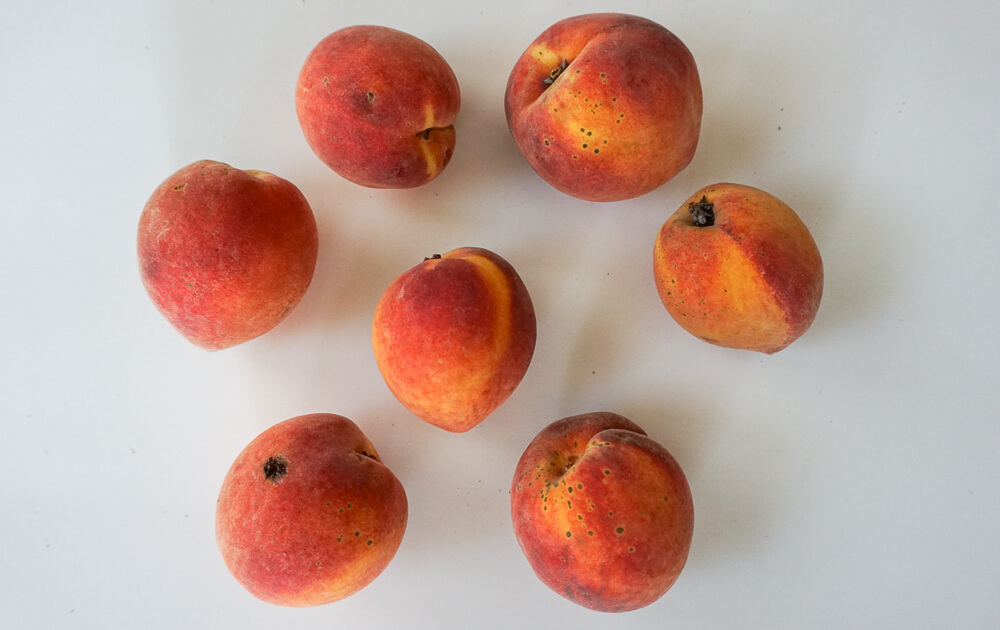
Here are the resulting meals:
Lunch: Blistered Shishito Peppers and Roasted Eggplant
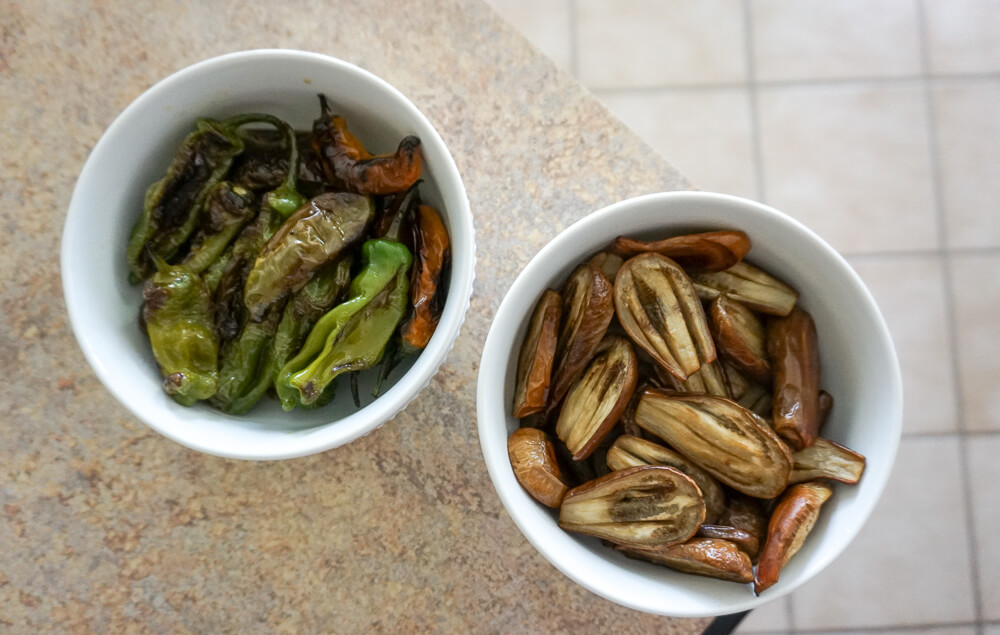
Dinner: Peach, Goat Cheese, and Arugula Salad; Peach and Tomato Gazpacho (see similar recipe here); Grilled Chicken Quarters
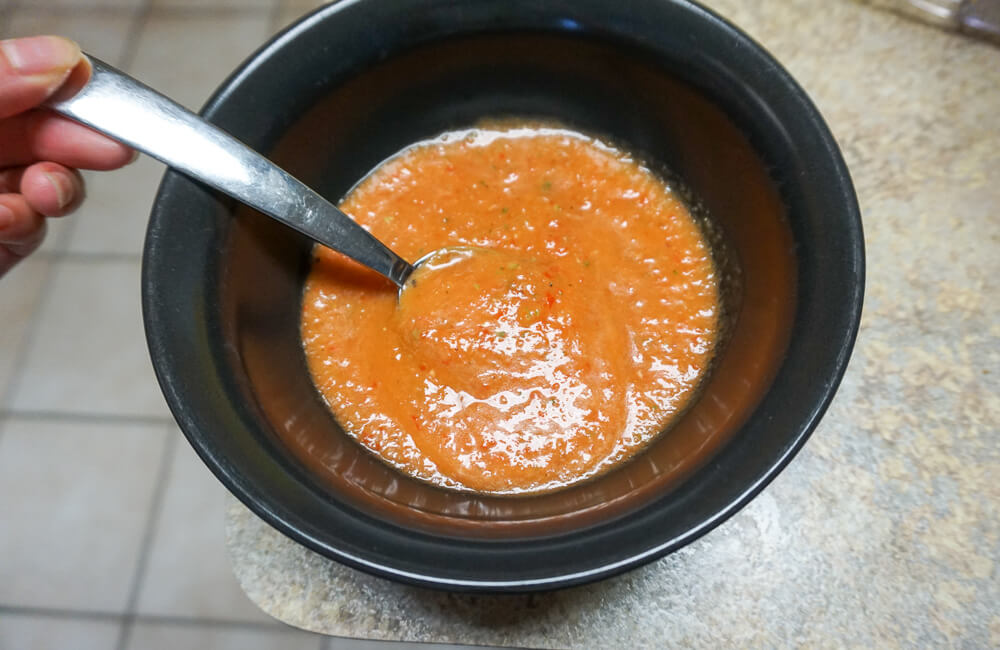
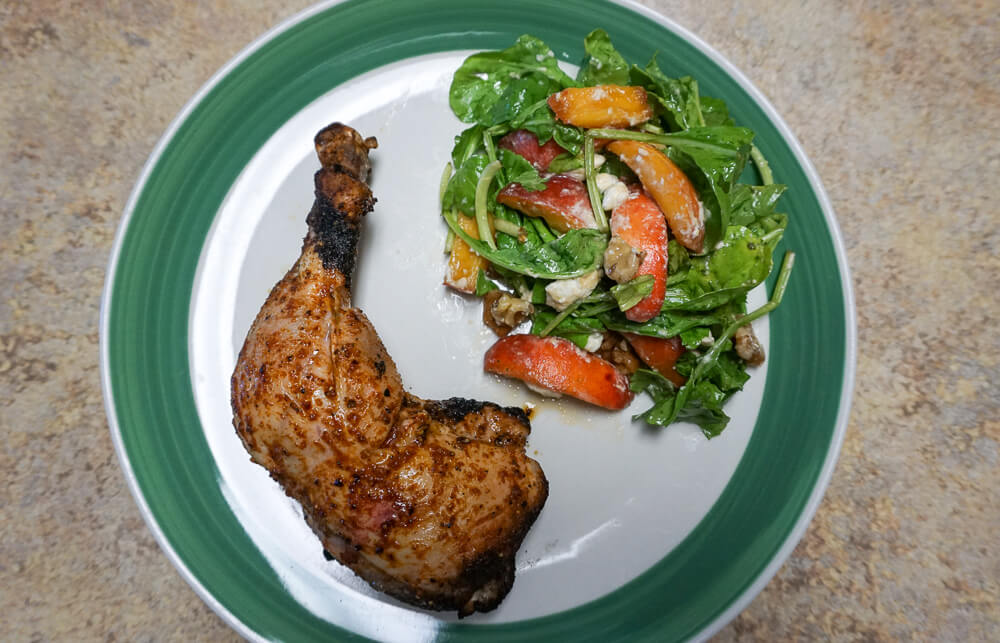
We didn’t end up eating this on Sunday, but we also got a watermelon from Dilorio Farms from Hempstead, TX from HEB.
Conclusion
Preparing for these local days every month requires a little work to gather ingredients and come up with a menu but it is also a rewarding and fun project!
P.S. Curious about my other posts from this challenge so far? See them here.
You can find me on Instagram, Facebook, Twitter, Pinterest, and Bloglovin’. You can also subscribe to the exclusive email list.


